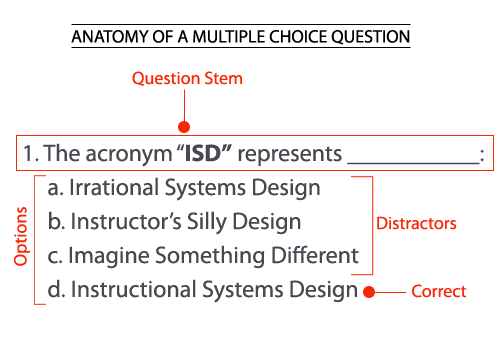California’s community colleges are the single largest postsecondary system in the country, serving nearly a quarter of all community college students. It is clear that this new national challenge cannot be met unless California’s community colleges ramp up their student completion rates.
In order for more students to reach that finish line of college completion, California has to get more of them to the starting gate, ready and able to do college-level work. As open-access institutions, California’s community colleges play a crucial role in that effort. They are the main source of postsecondary education for the state’s high school graduates, but particularly for first generation college goers, many of whom are low-income and students of color. California’s community colleges hold out hope for a better future for the more than 2 million individuals they enroll each year.
Because of their commitment to open access, the community colleges serve huge numbers of students who are unprepared for college-level academic studies. Local campuses have responded to this by creating a variety of developmental education programs to help students learn the basic skills they need for college success. Over time, California’s longstanding tradition of local autonomy has resulted in a myriad of approaches to this righteous but often daunting challenge, some of which are more successful than others.
Students get mixed signals about what they need to do to prepare for community college and – after they enroll – are too often left to their own devices to figure out how to get the skills they need for college success.
State and national leaders say that increasing the number of students who graduate from high school ready for college and career is essential. But to meet the goal of more college completions, California’s community colleges must also strengthen developmental education.
That is particularly true if the state remains committed to maintaining the open-access mission it has assigned to the community colleges. But colleges are expected to improve their effectiveness at educating these unprepared students at a time when budget and enrollment pressures are constraining their capacity to respond.
Continuing to tackle the problems of readiness and remediation with the same strategies will simply not work. Something’s got to give.
This report draws from a recent EdSource Study that was commissioned by the California Community Colleges Chancellor’s Office (CCCCO) to provide a deeper understanding of the system’s challenges and opportunities related to developmental education. It provides some insights into how well the community colleges are currently positioned to respond to these pressures. It also details how students have moved through remedial course sequences in writing and mathematics, which students take these courses, and the extent to which their starting levels and course-taking behaviors appear to relate to their achievement of longterm academic goals.
Click Here for Complete Report and/or Free Download
– From October 2010 EdSource Reports – Researched and written by:
Mary Perry, Deputy Director of EdSource and Study Project Director,
Matthew Resin, Ph.D., Senior Research Associate, EdSource, with
research support from: Kathryn Morgan Woodward, Research
Associate, EdSource, and Quantitative analysis by: Peter Bahr, Ph.D.,
Assistant Professor, School of Education, University of Michigan.

